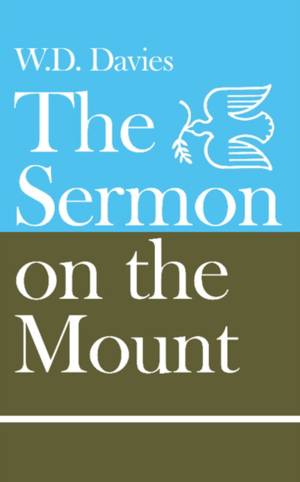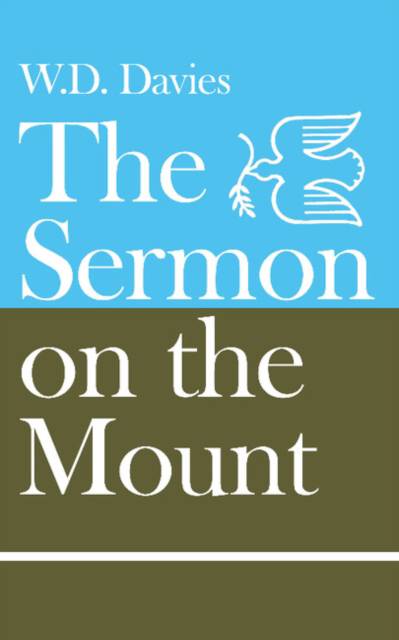
- Afhalen na 1 uur in een winkel met voorraad
- Gratis thuislevering in België vanaf € 30
- Ruim aanbod met 7 miljoen producten
- Afhalen na 1 uur in een winkel met voorraad
- Gratis thuislevering in België vanaf € 30
- Ruim aanbod met 7 miljoen producten
Zoeken
Omschrijving
In The Setting of the Sermon on the Mount, first published by the Cambridge University Press in 1964 and issued as a paperback in 1976, Professor Davies made a new approach to the Sermon, placing it in its historical setting within the context of the world from which it originated. This shorter book sets out the main lines of his argument in a more accessible form so as to interest the widest possible readership. The Sermon has been described both as a pernicious document, and as the finest statement of the highest morality ever produced. Professor Davies examines it in five settings. First he considers how Matthew himself intended the Sermon to be understood, placing it in its setting within the Gospel as a whole and showing that Matthew presented Jesus as a second Moses and lawgiver. He then considers it in the setting of Jewish Messianic expectation and the contemporary Judaism, where he shows that there were certain forces at work which led to the presentation of Jesus in this light. He discusses whether this concept was an innovation or whether forces in the early church prepared the way for this interpretation, and finally he debates whether Matthew was departing from the mind of Jesus himself.
Specificaties
Betrokkenen
- Auteur(s):
- Uitgeverij:
Inhoud
- Aantal bladzijden:
- 172
- Taal:
- Engels
Eigenschappen
- Productcode (EAN):
- 9780521093842
- Verschijningsdatum:
- 1/01/1966
- Uitvoering:
- Paperback
- Formaat:
- Trade paperback (VS)
- Afmetingen:
- 140 mm x 193 mm
- Gewicht:
- 199 g

Alleen bij Standaard Boekhandel
+ 121 punten op je klantenkaart van Standaard Boekhandel
Beoordelingen
We publiceren alleen reviews die voldoen aan de voorwaarden voor reviews. Bekijk onze voorwaarden voor reviews.











